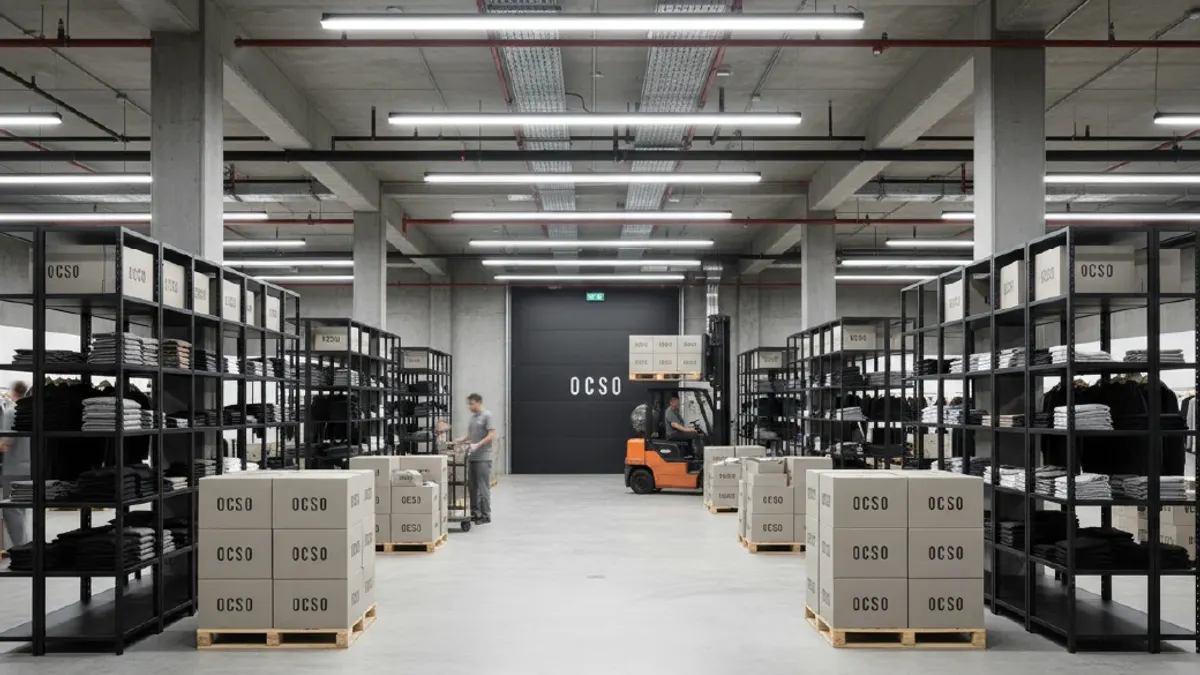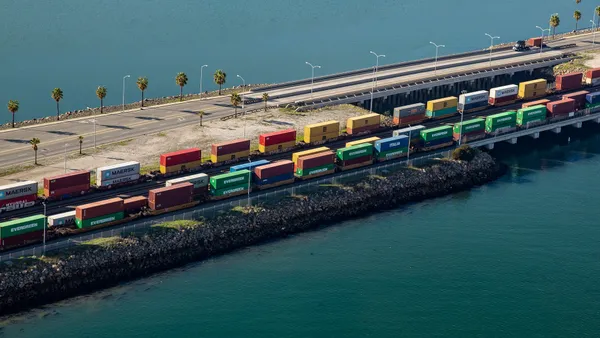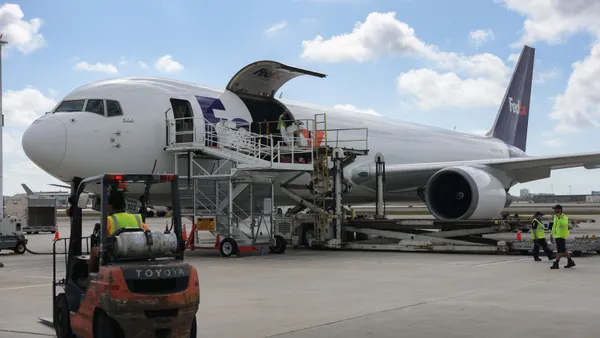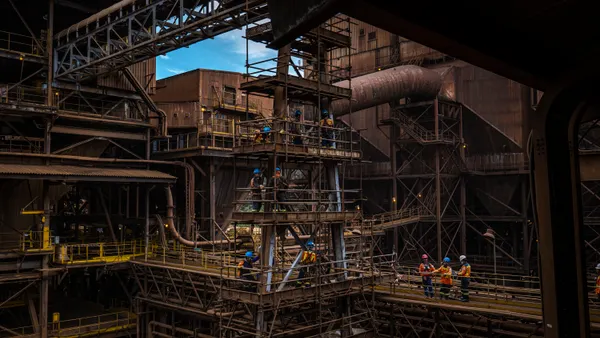Every year, when peak season arrives, supply chain leaders face what feels like an impossible puzzle.
Demand is surging. Orders are piling up and creating backlogs. Labor needs are spiking unpredictably, causing high overtime costs. As they attempt to see the bigger picture, leaders often discover that they’re missing pieces. Where will the extra labor come from? How can productivity be sustained without burning out staff? How can I ensure service levels remain consistent, regardless of the circumstances?
Many leaders attempt to fill these gaps by hiring additional staff, whether they’re temporary workers, seasonal employees, or full-time employees. Historically, that approach has been the default solution. But a new survey from Deposco reveals that this strategy is no longer enough. Nearly nine in 10 supply chain leaders (88%) now realize that the root issue isn’t a lack of people; it’s the tools and strategies being used to manage those people.
Rather than scrambling to hire at the last minute, leaders are beginning to rely on smarter planning, cross-training, and integrated technology to empower their workers and put the right pieces in place before peak season arrives.
Why the usual answers now fall short
It’s no surprise that many supply chain leaders missed the bigger picture: After all, the puzzle seemed straightforward. When warehouses struggled to hit service-level agreements (SLAs) and overtime costs soared, the workforce shortage was the obvious missing piece. But that assumption inadvertently led teams down the wrong path.
Warehouses leaned heavily on tactics like crisis hiring. With just a few hours or days of training under their belts, they placed untrained staff into roles involving complex workflows. According to Deposco survey data from 2024, this trial-and-error approach failed for 65% of organizations, leaving them to deal with lower productivity, higher turnover, customer-facing issues, and ballooning costs.
Putting the right pieces into place for peak season
This year, however, the landscape looks much different, as supply chain leaders indicate that the right pieces are falling into place. Instead of reacting to shortages as they happen, they’re shifting to proactive, year-round workforce strategies that transform the way they approach their busiest time of year.
Here are a few examples.
Cross-training as the foundation
The majority (88%) of leaders are cross-training their existing workers, which gives them the flexibility to shift roles and balance workloads in response to demand spikes. This added adaptability helps prevent bottlenecks and keeps operations running smoothly.
Earlier prep for seasonal hires
Seventy-eight percent of organizations are bringing in temporary workers earlier in the year, which will provide adequate time for proper training on systems, processes, and culture expectations. This will help seasonal hires strengthen operations instead of slowing them down.
Rethinking compensation
Increasing pay and incentives is an essential piece of the puzzle for 76% of survey respondents. With this tactic, they aim to attract higher-quality seasonal staff and enhance retention among core employees, thereby reducing turnover and stabilizing the workforce.
Bringing it all together with technology
With stronger people strategies in place, warehouses will be better positioned to leverage technology to hold everything together.
Modern supply chain platforms provide real-time visibility into worker performance and location-based productivity metrics. This gives leaders the ability to spot inefficiencies before they disrupt their operations' throughput. Platforms that deploy quickly can help seasonal staff get up to speed with simple, user-friendly interfaces. For example, organizations like Hourglass Cosmetics and Gordon Companies were able to train seasonal employees on Deposco’s warehouse management system in under 30 minutes.
These platforms don’t replace people with automation; instead, they unlock the higher-value work that’s possible when people are paired with the right technology. For example, instead of asking seasonal hires to manage complex workflows manually, technology streamlines repetitive tasks, allowing them to focus on activities that require judgment, efficiency, and a positive customer impact (such as exception handling, problem-solving, or enhancing the customer experience).
With integrated technology platforms in place, everything else can connect more seamlessly.
Solving the peak season puzzle once and for all
Supply chain management will always involve complex moving pieces. Demand won’t stop shifting. Labor markets won’t stop tightening. And customer expectations won’t stop climbing. But complicated puzzles like these can still be solved.
Smarter strategies, better training, and technology are the pieces that come together to create the whole picture. They help warehouse leaders build predictable, resilient systems that not only handle spikes but also create long-term benefits.
Learn more about how supply chain leaders are optimizing peak season strategies.










